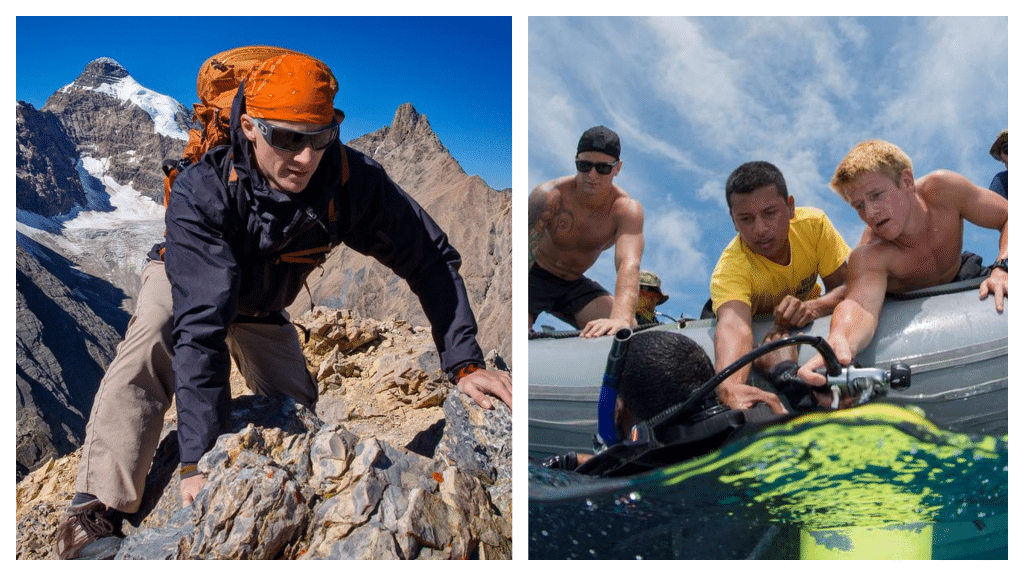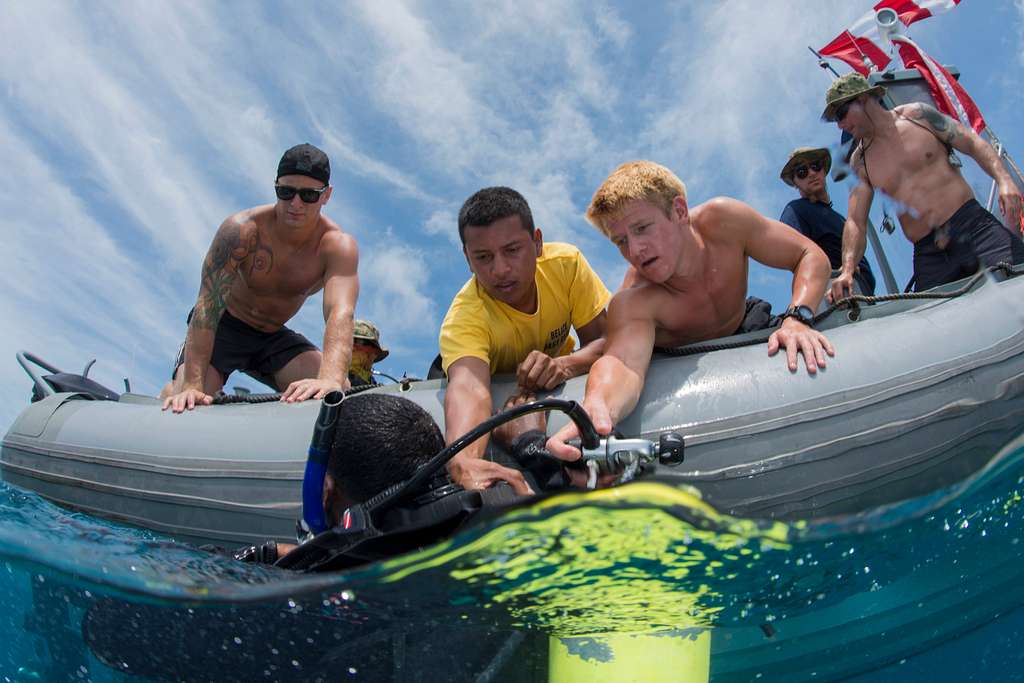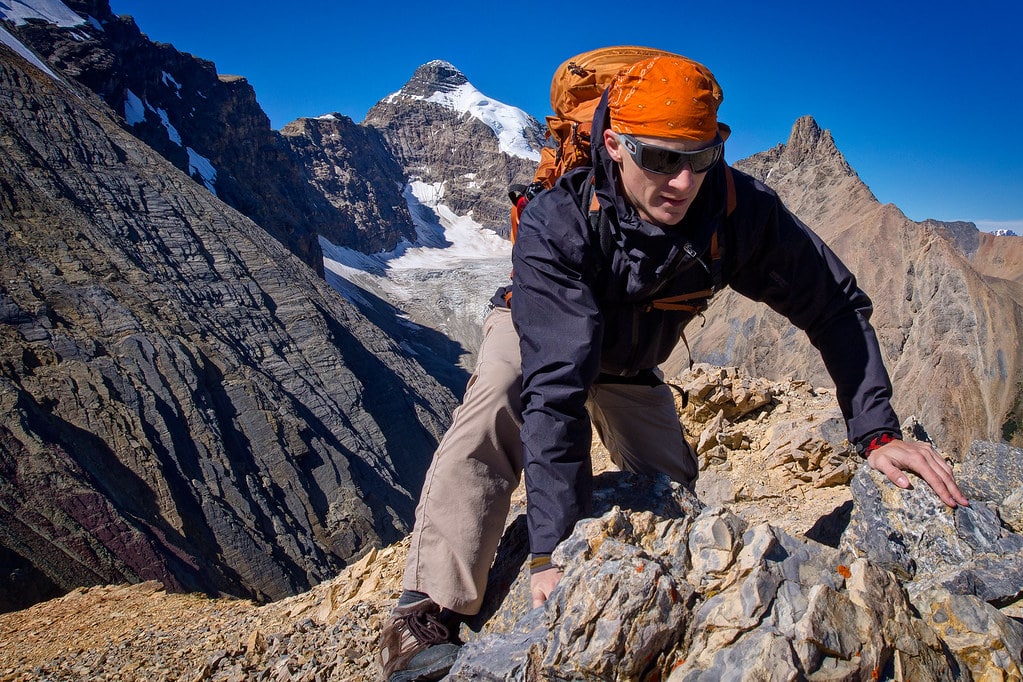Adventure travel has many problems. From the risks of crowds lining up to climb Mountain Everest to tumbling off a speeding mountain bike as you cycle the famous Death Road in Bolivia. Let’s find out more in this article.

There is no doubt that adventure travel style appeals to adrenaline junkies out there. Which is why it has become as popular as ever.
But what happens when the risk goes too far? This is where the problem with adventure travel comes in.
In this article, we will explore the world of adventure tourism and discover what draws people to risk everything for the thrill and excitement of an experience.
Adventure travel – what is the appeal?

Unless you are one of the risky, reckless types, it may be hard to understand why anyone would risk their lives in the name of travel. Yet this is a booming industry attracting millions of people globally.
Most recently, one of the biggest adventure tourism disasters struck when a group of enthusiast travellers ventured deep beneath the sea to discover the Titanic’s wreckage. This adventure resulted in a disastrous implosion, killing everyone onboard.
But what was the appeal of this journey, and why are similar risk-taking journeys so captivating despite the risks? Let’s face it: adventure travel allows you to experience things others have not while giving you an adrenaline rush like no other.
Participating in extreme sports or putting yourself in a risky situation with no idea what can happen gives some people a rush.
But where do we draw the line regarding adventure tourism? In a world where each of us has an end date regardless of how we spend our lives. Is it better to risk it all and spend your final moments doing something incredible or play it safe?
Some may argue that life is full of daily risks, such as crossing the road or driving a car, so what is the difference between risking it all for an adventurous, thrilling travel experience?
Well, no, this travel style is not for everyone. But it’s safe to say that it is not just a minority eager to join in on the action; if that were the case, it would not exist.
Another appeal to adventure travel is that it can get you out of your head. Bringing about a sense of mindfulness and focus for those involved.
Yet, despite the appeal of adventure travel, we must be aware of the significant risks involved before committing to the experience.
The problem with adventure travel – when things go wrong

One of the biggest problems with adventure travel is glamorisation. Which rarely shows the risks but instead showcases the incredible experience that can be had.
Thanks to social media, we are often bombarded with stunning mountaintop vistas, exciting extreme sports, or off-the-beaten-path destinations. These posts trick us into believing we, too, can have these incredible experiences without realizing the risk of getting there.
For example, often, we see images of travellers conquering mountains in far-flung destinations.
Yet, we don’t think about the dangers of altitude sickness, frostbite, or hypothermia. Which must be taken seriously when undertaking such experiences.
Extreme forms of adventure tourism come with all kinds of risks. Whether encountering venomous creatures in an isolated jungle or getting lost in an underwater cave.
It is easy to see the appeal of these niche travel experiences, but when things go wrong, they can go very wrong.
Death Road, or Yungas Road in Bolivia, is one of the world’s most famous extreme travel experiences, yet it is estimated that at least 30 people have died since 1998, haven fallen to their death.
Yes, this is a small risk, but it is a risk nonetheless. Resulting in tourists signing waivers before embarking on these bike tours.
The deadliest activities – risky business in the name of travel

The problem with adventure travel is that it is well-marketed and promoted. Encouraging us to tick these experiences off our bucket list or push ourselves to the limits without drawing attention to the risks involved.
Mountaineering, rock climbing, cave diving, skydiving, base jumping, and space tourism are among the deadliest activities in extreme tourism.
Other adventure travel experiences that pose risks include travelling across the Chornobyl Zone in Ukraine, ice diving in North Russia, climbing waterfalls, and cliff diving.

